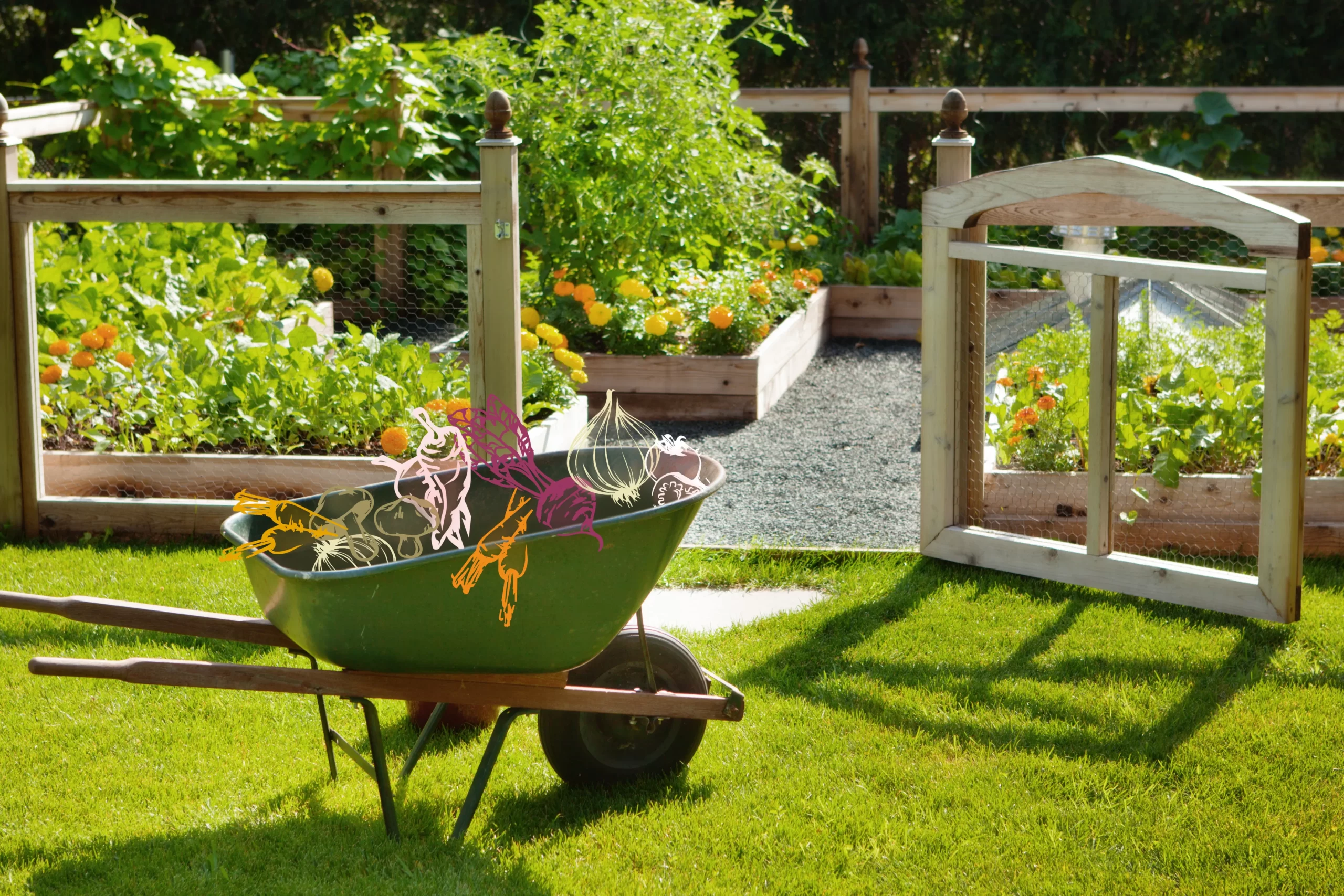Planning a vegetable garden is an exciting and rewarding endeavor that allows you to grow your own fresh, nutritious produce right at home. Whether you’re a seasoned gardener or a beginner, careful planning is the key to a successful vegetable garden. In this article, we will guide you through the steps to plan and design a vegetable garden that yields a bountiful harvest.
**1. Choose the Right Location:
The first step in planning your vegetable garden is selecting the right location. Most vegetables require at least 6 to 8 hours of sunlight each day, so choose a spot that receives adequate sunlight. Additionally, consider factors like soil quality, drainage, and proximity to a water source.
**2. Select Your Vegetables:
Determine which vegetables you want to grow in your garden. Consider your family’s preferences and the climate in your area. Start with a few easy-to-grow vegetables if you’re a beginner, such as tomatoes, lettuce, cucumbers, and peppers.
**3. Design Your Garden Layout:
The layout of your garden plays a crucial role in its success. Consider using raised beds, traditional rows, or container gardening, depending on your available space and personal preferences. Keep in mind the spacing requirements for each type of vegetable.
**4. Prepare the Soil:
Healthy soil is the foundation of a productive garden. Test your soil’s pH and nutrient levels and amend it as needed. Adding organic matter like compost can improve soil structure and fertility. Proper soil preparation ensures your plants have the best possible growing conditions.
**5. Plan for Watering:
Adequate watering is essential for your vegetable garden’s success. Install a soaker hose or drip irrigation system to ensure consistent moisture. Be mindful of water conservation practices, as overwatering can lead to problems like root rot.
**6. Companion Planting:
Consider companion planting to maximize the use of your garden space. Some plants grow better when planted near certain companions, while others deter pests. For example, planting marigolds near tomatoes can help deter aphids.
**7. Crop Rotation:
To prevent soil depletion and minimize disease and pest issues, practice crop rotation. Avoid planting the same type of vegetable in the same spot year after year. Rotate your crops to different sections of the garden.
**8. Planting Time:
Timing is crucial in vegetable gardening. Consult a planting calendar or local gardening resources to determine the best times to plant each vegetable based on your region’s climate and frost dates.
**9. Fertilization:
Feeding your plants with the right nutrients is essential for healthy growth. Use a balanced fertilizer or organic amendments as recommended for your chosen vegetables. Be careful not to over-fertilize, as this can harm your plants.
**10. Mulching:
Mulch helps conserve soil moisture, regulate soil temperature, and reduce weed growth. Apply mulch around your plants to keep the soil healthy and minimize maintenance.
**11. Pest and Disease Management:
Stay vigilant for signs of pests and diseases in your garden. Early detection and intervention can prevent major problems. Consider using organic pest control methods whenever possible to protect your plants and the environment.
**12. Harvest and Enjoy:
As your vegetables ripen, harvest them promptly for the best flavor and quality. Enjoy the fruits (and vegetables) of your labor by incorporating your homegrown produce into delicious meals.
**13. Maintenance and Care:
Regularly check your garden for signs of problems like weeds, pests, or diseases. Address any issues promptly to ensure the health and productivity of your plants.
In conclusion, planning your vegetable garden is a rewarding process that allows you to enjoy the benefits of fresh, homegrown produce. With careful consideration of location, layout, soil, and planting techniques, you can create a thriving garden that provides you with a bountiful harvest throughout the growing season. Remember that gardening is a learning experience, so don’t be discouraged by setbacks; instead, use them as opportunities to grow and improve your gardening skills. Happy gardening!
